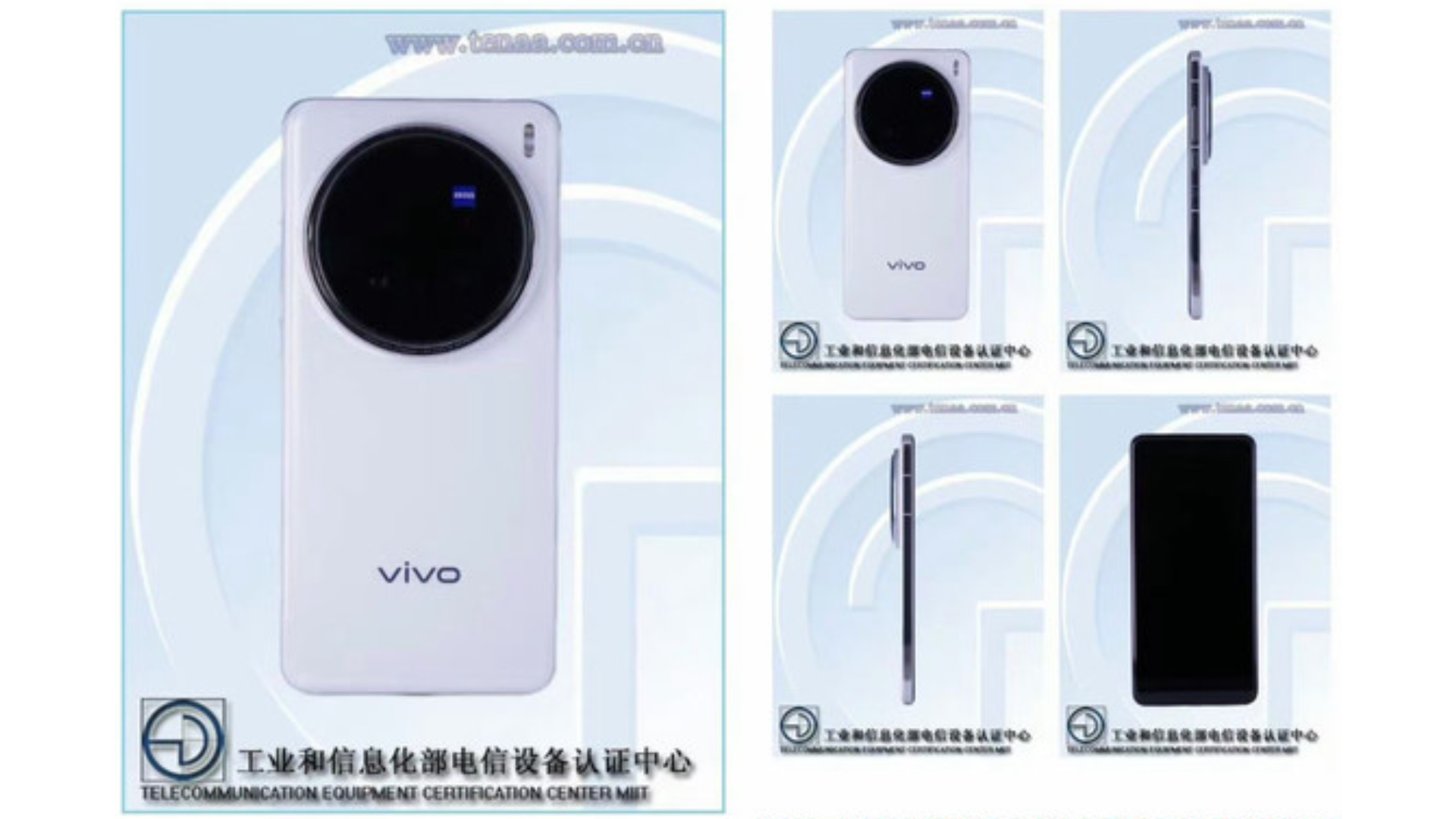It’s important that you check phone storage health, this is a factor that affects user experience. Storage unit is the part where the data in your phone is stored, nowadays most devices have UFS units. In the past, eMMC units were used.
Healthy storage unit significantly affects the speed of your phone. Because applications running on your device, Android system processes, in short, all software processes does read/write operations. So old and slow storage unit will result in laggy operations. Therefore, an unhealthy storage unit results in a slower and unusable device experience. So, it’s important that you check phone storage health.
Ways to Check Phone Storage Health
There are ways to check storage health for Android devices. You can check the storage unit health by making a storage benchmark. For this, you first need to find out the type and variant of the storage unit on your device. Possible speeds of storage volumes and versions are available in the table below. If there is much difference between your device and the values in the table below, your storage is outdated. You can visit here to learn about the historical development and performance differences of storage units.
| Storage Unit | Sequential Read (MB/s) | Sequential Write (MB/s) |
|---|---|---|
| eMMC 4.5 | 140 MB/s | 50 MB/s |
| eMMC 5.0 | 250 MB/s | 90 MB/s |
| eMMC 5.1 | 250 MB/s | 125 MB/s |
| UFS 2.0 | 350 MB/s | 150 MB/s |
| UFS 2.1 | 860 MB/s | 250 MB/s |
| UFS 3.0 | 2100 MB/s | 410 MB/s |
| Apple NVMe | 1800 MB/s | 1100 MB/s |
| UFS 3.1 | 2100 MB/s | 1200 MB/s |
AndroBench application will be a nice option to measure the speed of your storage unit. This storage benchmark takes about 2-5 minutes, when process is finished, the results will be displayed. You can compare values above with your device values. In this way, you can check phone storage health.
How to Install and Use AndroBench App?
This application is small in size and has a simple interface. It can be installed on all Android devices. When you open and test, you can check your storage unit health. Installation steps and app pictures are available below.
- Download app to your device from here. Open .apk file and install it.
- Then open the app and grant the necessary permissions.
- When application main menu comes up, select “Micro” option, then confirm warning and start the benchmark.
- Test process will take a few minutes, if you have fast storage unit, it can even be over in seconds. Benchmark result below is for Google Pixel 2 XL device. This device comes with Qualcomm Snapdragon 835 chipset and has a UFS 2.1 storage unit. Looking at the table above, the Sequential Read/Write values of UFS 2.1 storage unit are average 860MB/s and 250MB/s. As a result, this device’s storage health can be considered good.
Tips for Protect Storage Health
There are many solutions that can be done to protect your phone storage health. In this way, you can get a more smooth user experience. First of all, try to keep your phone’s storage space as free as possible. This is because all processes running on phone read/write, running out of storage space will cause problems. As a result, a full storage space means a heavier phone.
Reduce number of applications on your phone, delete unnecessary applications. Applications that will tire phone and running background all time will always read/write, so your storage life will be reduced. In the long run, this can lead to bad consequences. A worn-out storage unit causes very slow processes and therefore a bad user experience.
Factory reset sounds like a clean start, but it’s actually not that good. Factory reset constantly can also reduce phone’s storage life. Because data partition in storage unit is formatted in each factory reset process. Formatting is a wears out storage unit in long run. Considering all suggestions, you will have a healthier storage unit and a faster device.












